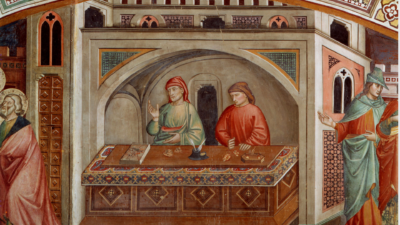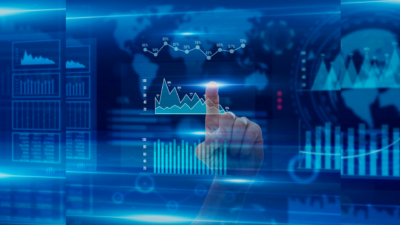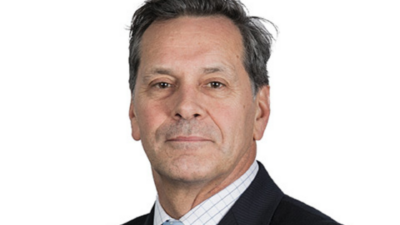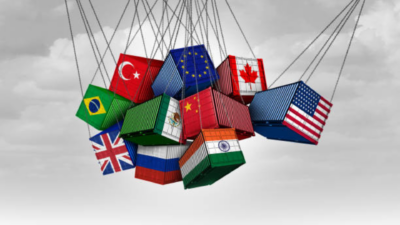‘Bubble thinking’: Howard Marks on market blow-ups
A quarter of a century after publishing a prescient market crash think-piece, legendary US investor Howard Marks has revisited the theme in a new contribution to bubble literature.
But while the Oaktree Capital founder unequivocally called out “another market bubble” in his January 2, 2000 investor note, Marks is less certain that 2025 conditions herald an imminent pop. Despite sky-high valuations (mostly concentrated in a handful of US tech stocks), “automated” index-buyers and possibly over-optimistic assumptions about artificial intelligence (AI), Marks suggests investors remain loosely anchored to sanity.
“Bubbles are marked by bubble thinking,” he says. “Perhaps for working purposes we should say that bubbles and crashes are times when extreme events cause people to lose their objectivity and view the world through highly skewed psychology – either too positive or too negative.”
Nonetheless, the current numbers are startling. Marks says a recent JP Morgan study highlights a “strong relationship” between S&P 500 forward price-to-earnings (p/e) ratios and annualised returns for subsequent 10-year periods
“Higher starting valuations consistently lead to lower returns, and vice versa,” he says. “There are minor variations in the observations, but no serious exceptions.”
With current S&P 500 valuations “well into the top decile” of the JP Morgan historical monthly series dating back to 1988, Marks says investors should prepare for lower returns ahead.
“In that 27-year period, when people bought the S&P at p/e ratios in line with today’s multiple of 22, they always earned ten-year returns between plus 2 per cent and minus 2 per cent,” he says.
“… You might say, ‘making plus-or-minus 2 per cent wouldn’t be the worst thing in the world,’ and that’s certainly true if stocks were to sit still for the next ten years as the companies’ earnings rose, bringing the multiples back to earth.
“But another possibility is that the multiple correction is compressed into a year or two, implying a big decline in stock prices such as we saw in 1973-74 and 2000-02. The result in that case wouldn’t be benign.”
However, Marks says bubble indicators have yet to reach the extremes that triggered his famous early crash warning 25 years ago. For one, the S&P 500 p/e ratio is “high but not insane” while the so-called Magnificent Seven stocks represent “incredible companies” rather than the empty promises of the turn-of-the-century tech boom.
“I don’t hear people saying, ‘there’s no price too high’,” he says, and “the markets, while high-priced and perhaps frothy, don’t seem nutty to me.”
As investors today have yet to display the full-blown mania of January 2000, Marks is clearly reluctant to call the top (or the pop) but his 25-year anniversary memo is a bubble-ish sequel.
“I can’t speak authoritatively about whether we’re in a bubble. I just want to lay out the facts as I see them and suggest how you might think about them.”











